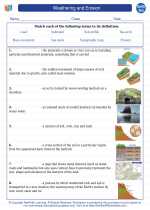Ions: An Overview
An ion is an atom or molecule that has gained or lost one or more electrons, giving it a positive or negative electrical charge. This occurs when an atom either gains or loses electrons, resulting in an unequal number of protons and electrons.
Types of Ions
There are two main types of ions: cations and anions.
Cations
A cation is a positively charged ion that is formed when an atom loses one or more electrons. This results in more protons than electrons, leading to a net positive charge. For example, when a sodium atom loses one electron, it becomes a sodium cation with a 1+ charge (Na+).
Anions
An anion is a negatively charged ion that is formed when an atom gains one or more electrons. This results in more electrons than protons, leading to a net negative charge. For example, when a chlorine atom gains one electron, it becomes a chloride anion with a 1- charge (Cl-).
Formation of Ions
Ions are formed through a process called ionization, which can occur through various methods such as chemical reactions, electron transfer, or the presence of electromagnetic fields.
Chemical Reactions
In chemical reactions, atoms may gain or lose electrons to form ions. For example, in the reaction between sodium and chlorine to form sodium chloride (table salt), sodium atoms lose an electron to become cations, while chlorine atoms gain an electron to become anions.
Electron Transfer
In electron transfer, an atom can gain or lose electrons when it comes into contact with another charged particle. For example, when a metal object gains excess electrons through contact with a negatively charged material, it becomes a negatively charged ion.
Properties of Ions
Ions exhibit several important properties, including the ability to conduct electricity, participate in chemical reactions, and form ionic compounds.
Conductivity
Ionic substances are good conductors of electricity when dissolved in a solution or melted, as the ions are free to move and carry electric charge.
Chemical Reactivity
Ions participate in chemical reactions by forming bonds with other ions or molecules, leading to the formation of new substances.
Ionic Compounds
Ions can combine to form ionic compounds, which are held together by strong electrostatic forces. These compounds often have high melting and boiling points due to the strong attractions between ions.
Study Tips
Here are some tips to help you study and understand ions:
- Understand the concept of ionization and how ions are formed through the gain or loss of electrons.
- Learn to differentiate between cations and anions, and understand their charges and properties.
- Practice writing the chemical symbols for common ions, such as sodium (Na+), chloride (Cl-), and others.
- Explore the role of ions in various chemical reactions and their importance in the formation of compounds.
- Experiment with examples of ionic compounds and observe their properties, such as conductivity and reactivity.
◂Earth Science Worksheets and Study Guides High School. Weathering and Erosion
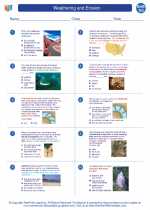
 Worksheet/Answer key
Worksheet/Answer key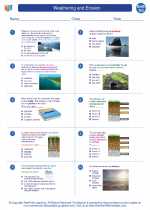
 Worksheet/Answer key
Worksheet/Answer key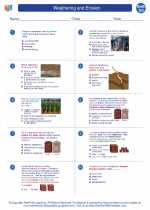
 Vocabulary/Answer key
Vocabulary/Answer key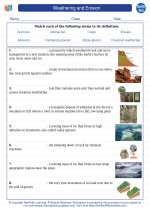
 Vocabulary/Answer key
Vocabulary/Answer key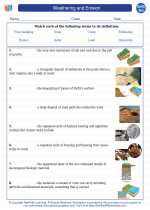
 Vocabulary/Answer key
Vocabulary/Answer key